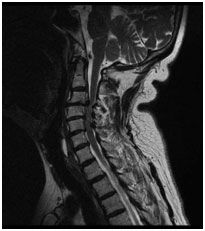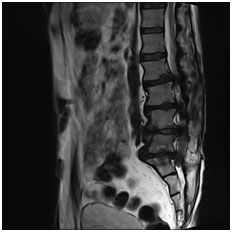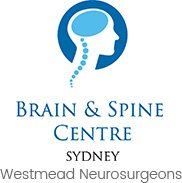Degenerative Disc Disease (DDD)
The vertebrae are cushioned by intervertebral discs which act as shock absorbers and allows for bending and twisting of the spine. Over time, these natural shock absorbers wear out and degenerate due to aging, trauma or injury leading to what is known as DDD. Degenerative disc disease is not actually a disease but refers to the changes in the spine that occur as a part of the aging process.

In the lumbar spine, degenerative disc disease (DDD) is a common cause of mechanical back pain and leg pain (sciatica). In the cervical spine, DDD can cause mechanical neck pain, headaches, scapular pain,and arm pain.
Traumatic injury, aging, wear and tear, improper posture, repetitive movements, overuse, poor body mechanics and being overweight may alter the structure and function of the disc and accelerate the degenerative changes. This may result in dehydration of the disc, bulge/herniate/prolapse of the disc, loss of disc height, endplate changes and the development of spondylolisthesis, canal stenosis and foraminal stenosis
Symptoms
Some people are unaware of their condition and suffer no pain or alteration in quality of life. Some individuals develop symptoms gradually and worsen over time.
|
Cervical DDD |
Lumbar DDD |
|
Mechanical neck pain |
Mechanical back pain |
|
Suboccipital headaches |
Buttock pain |
|
Shoulder pain |
Hip pain |
|
Shoulder blade (Scapular) pain |
Leg pain |
|
Between Shoulder blade (interscapular) pain |
Burning, numbness and tingling |
|
Arm pain |
Cramping of muscle |
|
Burning, numbness and tingling |
Heaviness |
|
Heaviness |
Loss of balance |
|
Loss of coordination (dexterity) |
Loss of bladder and bowel control/sensation |
Diagnosis
Your physician will diagnose lumbar DDD depending on your symptoms, medical history and a physical and neurological examination. Diagnostic imaging tests such as X-rays, magnetic resonance imaging (MRI), and computed tomography (CT) scans may be used to confirm the diagnosis.


Treatment
Treatment of lumbar DDD comprises of non-surgical and surgical treatment options. The non-surgical treatment options such as anti-inflammatory and pain medications, muscle relaxants, physical therapy, spinal injections, certain types of braces, and acupuncture may help relieve the pain and other associated symptoms. Your doctor may combine two or more treatment modalities to enhance the success of the treatment.
Not everyone with DDD requires an operation. Surgery may be necessary in patients with spinal instability or neurological dysfunction and persistent symptoms despite non-operative treatment. Spinal stabilization and fusion can be used to surgically treat DDD, which would help ease the pain and restore alignment of the spine.




